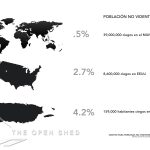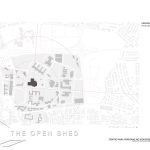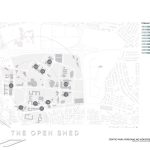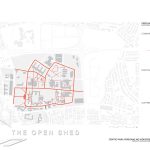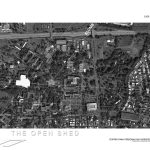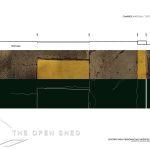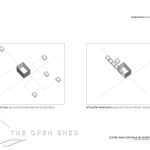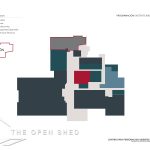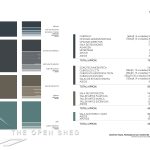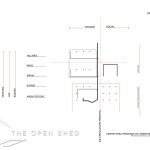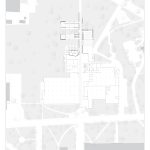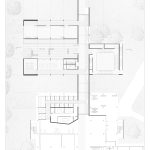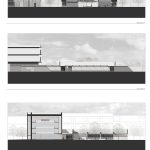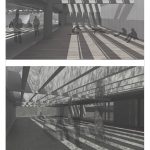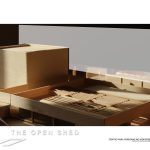Habitarte: Comunidad, Arte y Diseño
“The call to touch could be to take us a bit away from the purely visual architecture that invades us…”
Designer: Ricardo Acuña Hernández
Professor: José R. Coleman-Davis and Víctor Nieto
Project / Date: March Capstone / May 2012
TOS[er]: Paola M. Burgos Delgado
Posted: December 2013
Design Objectives:
- Visually Challenged Population
- 0.5% 39,000,000 in the world
- 2.7% 8,600,000 in the United States
- 4.2% 159,000 in Puerto Rico
- The Río Piedras campus of the University of Puerto Rico has 509 students with visual challenges; complete blindness or partial blindness or other severe visual impediments.
- According to phenomenologists touch is the “mother” sense since all the senses extend from the tactile experience.
Objectives:
- Perform a general analysis of the basic concepts of the phenomenology of spatial perception from an architectural perspective.
- Gain a better understanding of tactile perception and its capacity to enhance the perception space and integrate the findings into the design process; ensure that the sensory experience works as a primary tool in the reading of space.
- Reach a sensory balance to produce architecture that can be read, touched, and felt.
- Provide space and necessary resources to efficiently serve the visually challenged community.
- Offer an ideal location, near the Tren Urbano’s University Station, that benefits both special needs students and general community in the metropolitan area.
- Achieve interaction between the visually challenged and the sighted community.
Design Strategies:
- Generate a program that includes administrative spaces, study areas, creative expression studios, exhibition hall, and, an experimental auditorium, to establish links between the overall academic community and the special needs students.
- Identify an accessible location not far from the on-campus faculties to complement existing academic resources.
- Approach the program and location to complement the current axial campus circulation patterns.
- Organize the program as bars along a main axis that connect the different programmatic areas with variations in: natural and artificial lighting, height, acoustic finishes, surface textures, and, landscaping, to assist the visually impaired in the identification of the spaces.
- Offer a green yard between the media library and workshops to generate re-configurable spaces and become part of the garden.
- Focus on the various readings of the building and its spaces through the use of textured walls, changes in materials, floor patterns, lighting qualities, temperature and sound; not in the visual composition of the project.
TOS[er] Reaction: As per Acuña’s text, the project problematizes the social need for a more inclusive approach to architecture. He links this notion to Alvar Aalto’s counterrevolution ideas that define the architect’s task as one of humanizing the mechanical nature of materials beyond the mere use of new materials, but rather, their application in a humane way to provide a more sensitive structure.
The visually challenged populations of Puerto Rico have few spaces and centralized resources that truly respond to their needs. Seldum are they taken fully into consideration during the design process; a true sense of inclusion for this population is essential.
This project embodies the challenge and respects and addresses the University of Puerto Rico context. It anticipates and promotes change in the master plan of the campus; including the proposal by Field Operations in conjunction with Toro Ferrer Architects. This proposal recognizes and enhances the on-campus the pedestrian and vehicular circulations that benefit pedestrians and the visually challenge.
The project takes advantage of an abandoned space in the José M. Lázaro Library, in order to generate a direct connection of this population with the academic resources and community at large. This connection is reinforced with an exhibition/performance area as a civic node, where the sighted have the opportunity to experience blindness; feel and understand how space perceived by the visually impaired and thus identify with their needs and maybe become part of the solution. In addition, society in general – with or without disabilities – needs these areas of interaction and cultural activity.
It is necessary to overcome the idea of architecture as the production of visually iconic facades, in order to be able to perceive it as a language and an experience capable of raising our sensorial experiences to the highest levels of perception. Architecture constantly addresses different scales – from the macro to the micro – to generate spaces that benefit everyone equally, and fulfills its primordial role of improving the quality of social life.

